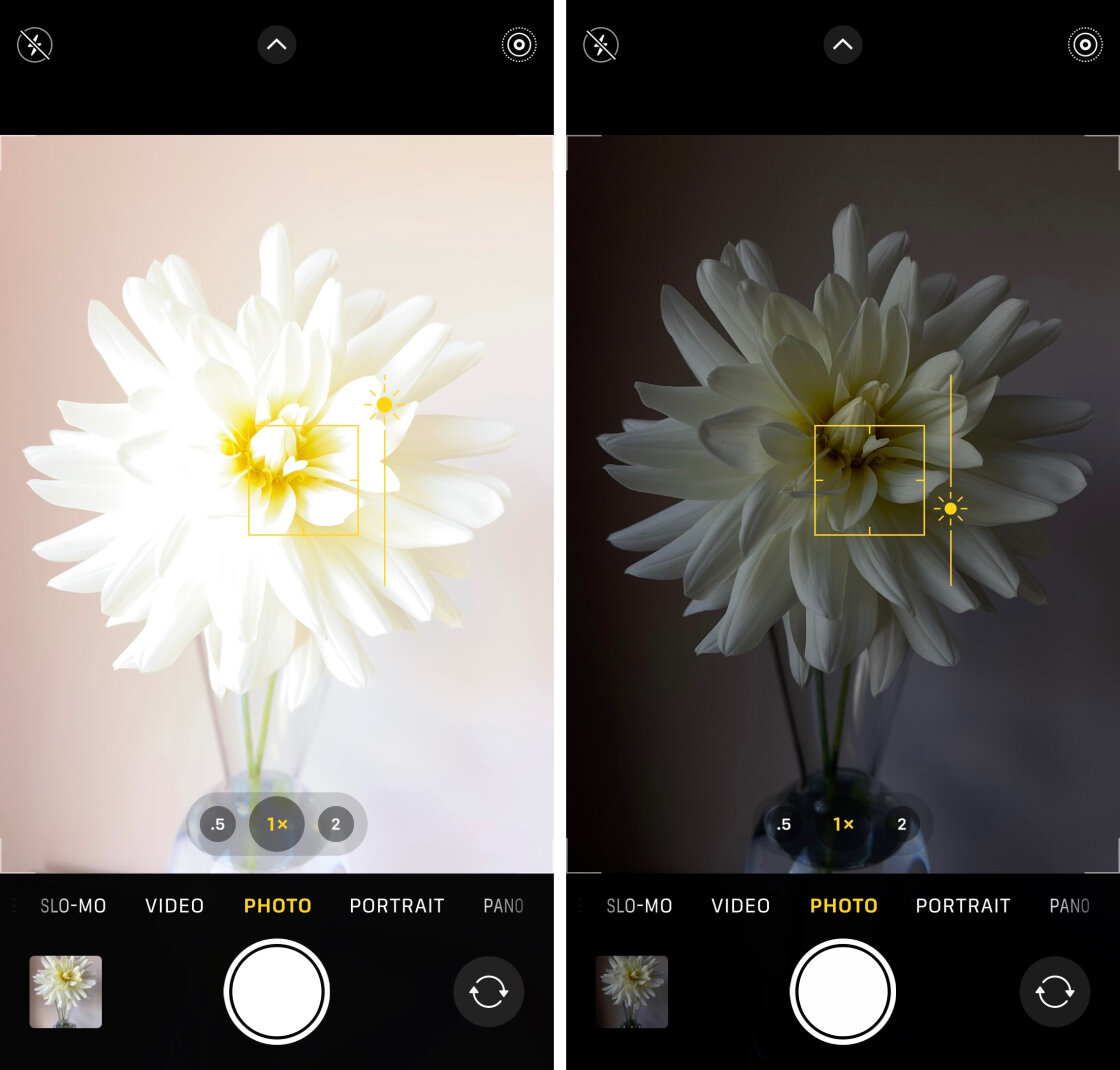
Nikon 50mm f/1.8 | Meegs Kougias & Sarah Jehan © Steven MarkhamĪll this technology means the Nikon 50mm f/1.8G is able to produce tack-sharp images across the entire frame, with great image contrast even in challenging light. You should check out our guide about Asph Lens characteristics too. Something called a Super Integrated Coating (SIC) enhances light transmission and offers superior colour consistency and reduced flare, while an Aspherical Lens Element (AS) helps to do away with coma and other types of aberrations, even when shooting at f/1.8. The 50mm focal length (75mm equivalent on DX format cameras) with a fast f/1.8 aperture allows you to capture stunning images with a shallow depth-of-field, letting your subjects stand out from their backgrounds.į/1.8 also means you’ll be able to capture images in lower light than equivalent ‘slower’ lenses, as is typical with the zoom lens you usually receive when buying a new camera. While I still stand by my recommendation, if you’re willing to spend a little more, the newer Nikon 50mm f/1.8G is actually a better choice… and actually still a bargain of a lens. In a previous Nikon lens review, I recommended this lens’ cheaper cousin, the Nikon 50mm f/1.8D. Tack sharp in-focus elements quickly but smoothly drop off to creamy bokeh, instantly turning any background or foreground elements to mush.īeing able to obliterate out of focus elements in your scene can be incredibly useful, allowing you to concentrate more on the light, the subject, or anything other than an ugly backdrop. Photos taken with the Nikon 85mm f/1.4G are a sight to behold. With an 85mm, you get adequate reach, a flattering compressed-look to your subject, whilst still retaining some of the personal feel of a wider lens.Īn 85mm lens also tends to allow you enough room to ‘back up’ in most indoor situations (depending on room size of course), so it can still be useful for event and wedding photography when space is an issue. It’s hard to beat an 85mm lens when it comes to portrait photography, and the Nikon 85mm f/1.4G is one of the best portrait lenses ever made.Īlthough a long lens can produce an even more flattering effect on a subject, they tend to introduce an element of disconnect between the subject and the viewer. So without further ado, let’s take a look at which Nikon lenses are recommended for portrait photography for the majority of shooters.

(See our guide to the best FX & DX Nikon lenses here.) I’ve stuck to Nikon FX (full frame) lenses which can be used on Nikon DX format (crop sensor) cameras too.
PORTRAIT PROFESSIONAL 11 MANUAL MANUAL
To simplify the task of finding excellent Nikon lenses for portraits, manual focus lenses weren’t included, as they simply aren’t practical for the majority of photographers here in 2021. (See: what does the focal length of a lens mean?) This Nikon portrait lens review isn’t concerned with scientific lens scores and statistics, but rather, with actual usage and balanced opinion as to which portrait lenses are top for all-round usage.Ī good example is the Nikon 58mm f/1.4 (reviewed here) – a lens with sub-par performance on paper, but one that provides a unique quality in real-world usage is lightweight and offers a versatile focal length.

Best Lenses for Portrait Photography – NIKON


 0 kommentar(er)
0 kommentar(er)
